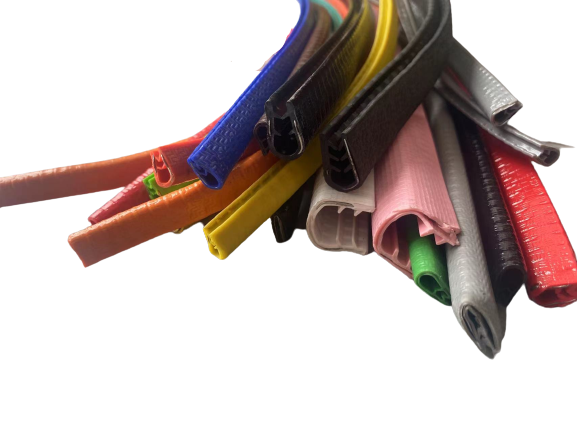Nov . 11, 2024 11:33 Back to list
home sealing strip product
The Importance of Home Sealing Strips A Comprehensive Guide
As energy costs continue to rise and environmental concerns become more prevalent, homeowners are increasingly seeking ways to improve energy efficiency and comfort within their homes. One of the simplest yet most effective solutions is the installation of home sealing strips. These strips are designed to seal gaps and cracks around doors and windows, preventing drafts and heat loss, and ultimately contributing to a more energy-efficient home.
What Are Home Sealing Strips?
Home sealing strips, also known as weather stripping, are products made from a variety of materials such as foam, rubber, or vinyl. They are used to fill the gaps around doors, windows, and other entry points in your home. By creating a tight seal, these strips help keep indoor air contained, reducing the reliance on heating and cooling systems. This not only lowers energy bills but also enhances the overall comfort level in your living spaces.
Benefits of Home Sealing Strips
1. Energy Efficiency One of the most significant advantages of using sealing strips is the improvement in energy efficiency. By preventing air leaks, homeowners can maintain a stable indoor temperature, reducing the need to crank up the heating in winter or the air conditioning during summer. This can lead to substantial savings on energy bills.
2. Increased Comfort Drafts can make certain areas of your home unbearable. Sealing gaps can eliminate these drafts, making every room more comfortable year-round. Whether it’s the chilling air during winter that seeps through the front door or the heat that escapes through poorly insulated windows, sealing strips can be a simple solution.
3. Noise Reduction In addition to keeping the elements at bay, home sealing strips can also dampen noise from the outside. Whether you live near a busy street or bustling area, effective sealing strips can help create a quieter indoor environment conducive to relaxation.
4. Pest Control Gaps around doors and windows can easily become entry points for pests. Sealing these areas can help keep insects and rodents outside where they belong, reducing the risk of an infestation.
5. Easy Installation Home sealing strips are typically easy to install and require no special tools or expertise. Most products come with adhesive backing, allowing homeowners to quickly upgrade their spaces. This DIY project can be completed in just a few hours with minimal investment.
Choosing the Right Sealing Strip
home sealing strip product

When selecting sealing strips, it’s essential to consider the type of gaps you need to fill
. Here are some tips for choosing the right product- Material Foam strips are ideal for small gaps, while rubber strips work well for door frames and larger spaces. Vinyl is a durable choice that can withstand various weather conditions.
- Size Measure the gaps you intend to seal accurately, as this will inform your choice of strip width and height. Many sealing strips come in various sizes to accommodate different needs.
- Texture and Appearance For aesthetic considerations, consider the color and texture of the sealing strip to ensure it complements your door and window frames.
Installation Tips
1. Clean the Surface Ensure that the areas where the sealing strip will be applied are clean and dry. Removing dust, dirt, and old weather stripping will improve adhesion.
2. Measure Carefully Measure the length of the gaps and cut the sealing strips to the appropriate size.
3. Apply Firmly Once you peel off the adhesive backing, press the strips firmly into place, ensuring they align properly with the surface.
4. Test the Seal After installation, check for any remaining drafts by using a candle or incense stick. If the flame flickers near the sealed areas, you may need to adjust your installation.
Conclusion
Home sealing strips are a small yet crucial investment for any homeowner looking to enhance energy efficiency, comfort, and overall well-being in their living spaces. With a variety of options available and the ease of installation, there's no excuse not to take the necessary steps toward a more efficient and comfortable home. By sealing those pesky gaps, you’ll not only save money but also contribute to a healthier planet.




